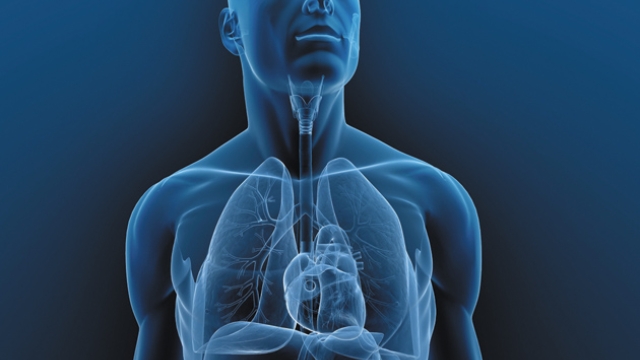Have you ever experienced discomfort or pain while urinating? Or perhaps you have heard of urinary tract infections, kidney stones, or even prostate problems. These issues fall under the vast medical field known as urology. Urology focuses on the diagnosis and treatment of conditions related to the urinary tract system, which includes the kidneys, bladder, ureters, and urethra. As we delve into the intriguing world of urology, we will uncover the importance of this branch of medicine in maintaining urinary health and overall well-being. From discussing common urological conditions to exploring the advancements in medical technology, let us gain a deeper understanding of how urology plays a crucial role in our lives.
Common Urological Conditions
Urology is a medical specialty that focuses on the diagnosis and treatment of conditions related to the urinary system. It plays a crucial role in maintaining the optimal functioning of this vital system. In this section, we will delve into some of the common urological conditions that individuals may encounter.
Urinary Tract Infections (UTIs)
UTIs are prevalent among both men and women and can cause discomfort and pain. They occur when bacteria enter the urinary tract, leading to infection. Symptoms may include a frequent urge to urinate, a burning sensation while urinating, cloudy or bloody urine, and pelvic pain. Prompt treatment with antibiotics is usually effective in treating UTIs.Kidney Stones
Kidney stones are hard deposits that form in the kidneys when there is an accumulation of certain substances in the urine. These deposits can range in size and may cause severe pain as they pass through the urinary tract. Symptoms of kidney stones may include lower back or abdominal pain, blood in the urine, and a persistent need to urinate. Treatment options vary depending on the size and location of the stones, but may involve medications, lifestyle changes, or procedures to remove or break up the stones.Benign Prostatic Hyperplasia (BPH)
BPH is a common condition that affects aging men. It involves the enlargement of the prostate gland, which can cause urinary symptoms. As the prostate grows, it can obstruct the urethra and lead to difficulties in urination. Symptoms of BPH may include frequent urination, weak urine flow, difficulty initiating urination, and the feeling of incomplete emptying of the bladder. Treatments for BPH range from medications to surgical interventions.
Understanding these common urological conditions can empower individuals to seek timely medical assistance and take necessary steps to ensure their urinary health. Additionally, it is important to remember that urologists are highly trained professionals who can provide personalized care and guidance for these conditions.
Diagnostic Techniques in Urology
In urology, diagnostic techniques play a crucial role in determining and understanding various urinary tract conditions. These techniques enable urologists to accurately diagnose and develop effective treatment plans for their patients. Let’s delve into some of the key diagnostic tools utilized in this field.
Medical History and Physical Examination: The initial step in diagnosing urological conditions involves a detailed medical history and physical examination. Urologists gather information about the patient’s symptoms, medical background, and any relevant familial history. Through a comprehensive physical examination that may include checking vital signs, palpating the abdomen, or performing a genital examination, urologists can identify potential issues and gain insights into the patient’s condition.
Urinalysis: Urinalysis is a simple yet essential diagnostic test in urology. It involves analyzing a urine sample to detect the presence of abnormalities such as blood cells, bacteria, crystals, or protein. This non-invasive and cost-effective test helps urologists identify urinary tract infections, kidney disorders, and other urinary system abnormalities.
Imaging Studies: Various imaging techniques aid urologists in visualizing the urinary tract and identifying potential abnormalities. These may include:
Ultrasound: Ultrasound uses high-frequency sound waves to produce images of the urinary organs. It is frequently used to assess kidney size, detect tumors or cysts, and evaluate urinary flow.
Computed Tomography (CT) Scan: CT scans provide detailed cross-sectional images of the urinary tract. They are useful in diagnosing kidney stones, masses, infections, or other structural abnormalities.
Magnetic Resonance Imaging (MRI): MRI utilizes powerful magnets and radio waves to create detailed images of the urinary organs. It helps urologists to assess the kidneys, bladder, and prostate gland, aiding in the diagnosis of various urological conditions.
Best Urologist In JordanCystoscopy: Cystoscopy involves inserting a thin, flexible tube with a camera (cystoscope) into the urethra to examine the bladder and urethra. This procedure can identify urinary tract obstructions, tumors, or signs of infection.
These diagnostic techniques empower urologists to accurately identify and diagnose urological conditions. By combining medical history, physical examination, urinalysis, and various imaging studies, urologists can develop personalized treatment plans to improve the well-being of their patients.
Treatment Options in Urology

There are various treatment options available in the field of urology to address different conditions and concerns. These treatments aim to alleviate symptoms, improve quality of life, and restore normal function to the urinary system.
One commonly used treatment option is medication. Medications are often prescribed to manage urinary tract infections, kidney stones, and other urological conditions. These medications can help relieve pain, reduce inflammation, and prevent further complications.
Another treatment option in urology is minimally invasive procedures. These procedures involve the use of advanced techniques and equipment to treat conditions such as urinary incontinence, enlarged prostate, and urinary tract blockages. Minimally invasive procedures often result in shorter recovery times and fewer complications compared to traditional surgery.
In some cases, surgery may be required to treat urological conditions. Surgical interventions can range from minor procedures, such as cystoscopy, to more complex surgeries like kidney transplantation or removal of cancerous tumors. Surgical treatments aim to remove obstructions, repair damaged organs, or remove diseased tissue.
Overall, the field of urology offers a range of treatment options to address various urinary system conditions. The choice of treatment depends on the specific condition, severity of symptoms, and individual patient factors. It is crucial to consult with a urologist to determine the most appropriate treatment plan for each individual case.


